A protocol that provides structure for collaboratively examining documentation that includes student’s products and processes and offers an opportunity for educators and learners to reflect back and plan for next steps.

A protocol that provides structure for collaboratively examining documentation that includes student’s products and processes and offers an opportunity for educators and learners to reflect back and plan for next steps.

這個思考模式通過讓學生慢慢、細心地觀察物件和系統中的細節,鼓勵他們不止觀察物件的表面特徵,更重要的是了解其內部運作。這個思考模式可以激發學生的好奇心,鼓勵他們勇於提出問題,並且能做更深入的研究。
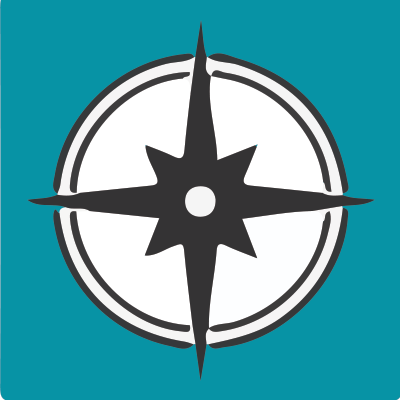
This tool guides young learners to look closely at a system and explore its complexity by directly experiencing the system and reflecting on that experience. This is particularly helpful when working with very young students who may struggle to conceptualize a complex system without direct experience. In addition, this tool provides suggestions for making student thinking visible by encouraging students to share their ideas and learn from each other.
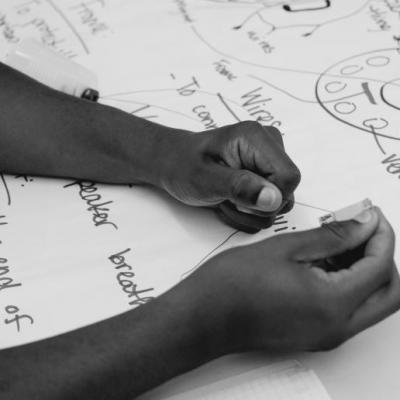
This tool is connected to the Agency by Design Making Moves. The Making Moves identifies three maker capacities that support a sensitivity to design, along with their associated learning moves. Here you’ll find three observation sheets, one for each of the maker capacities: Looking Closely, Exploring Complexity, and Finding Opportunity.
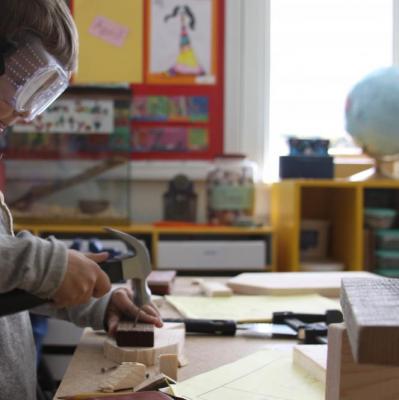
Maker-Centered Learning And The Development Of Self: Preliminary Findings Of The Agency By Design Project
A White Paper Presented By Agency by Design
Project Zero, Harvard Graduate School Of Education
This White Paper, from January 2015, presents an overview of our developing work, and concludes by presenting the “big take away” from our research and by making suggestions for policymakers, educators, and other stakeholders. Along the way, we identify what we consider to be the most salient benefits of maker-centered learning for young people and, introduce some of the key concepts and resources that have emerged from our work, including the concept of maker empowerment, the importance of developing a sensitivity to design, and the three pathways that lead to these desired outcomes.
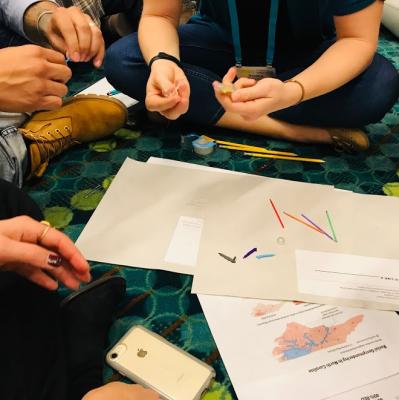
This piece is based on a workshop titled “Taking Apart Racism: Using Maker-Centered Practices to Break Down Systems of Oppression,” led by Jaime Chao Mignano and Mark Perkins at the National Association of Independent Schools People of Color Conference (PoCC).
Like a lot of educators, I want my students to be empowered to impact the world around them. I want them to have social and political agency in a sense that is perfectly aligned with what Agency by Design means by agency—that is, skills and tools in combination with intention and impulse to action. When I task my students with dismantling systems of oppression, how do they know what that means? Do they feel ready to enact it? And how can I be a support?
This was the seed of a workshop for this year’s National Association of Independent Schools People of Color Conference (PoCC), a gathering of thousands of educators from around the United States to explore ideas and share experiences around equity and justice in our schools and lives. My colleague, Mark Perkins (Media and Theater Coordinator), and I wondered what insights we could offer by putting Take Apart practice in service to racial justice education. I was nervous to try to build under the conference throughline “Anti-Racist Teaching Tools” - the stakes felt so high. We had an inkling, though, that combining the enthusiastic engine of taking stuff apart with the resonant act of creating stories that reimagine existing narratives of power could be an important experiment.
Mark and I built a workshop we call “Taking Apart Racism: Using Maker-Centered Practices to Break Down Systems of Oppression.” The heart of the workshop is the idea that looking closely and exploring the complexity of an object can create a bridge of metaphor that helps us understand a system of racial oppression. If we build the connection between these two systems—the system of the object and the system of oppression—then we can see the oppressive system in a new light and probe new possibilities.
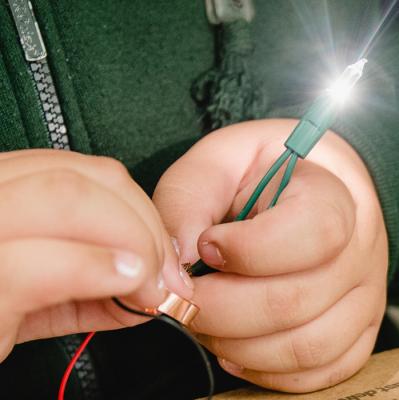
Agency by Design project manager Jen Ryan examines the use of the word maker and offers an alternative reframing for an emerging field.
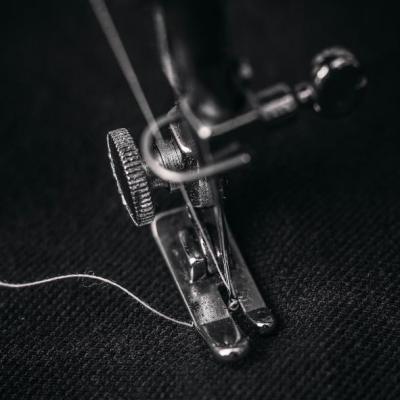
This routine encourages learners to consider the different and diverse perspectives held by the various people who interact within a particular system.
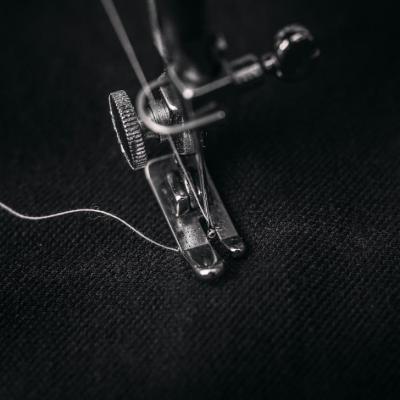
Essa rotina encoraja os estudantes a considerarem as diversas perspectivas de quem interage em um sistema particular. O objetivo dessa rotina é ajudar os estudantes a entender no que as diversas pessoas que participam de um sistema pensam, o que sentem e com o que se importam de uma forma particular em função de sua posição no sistema.